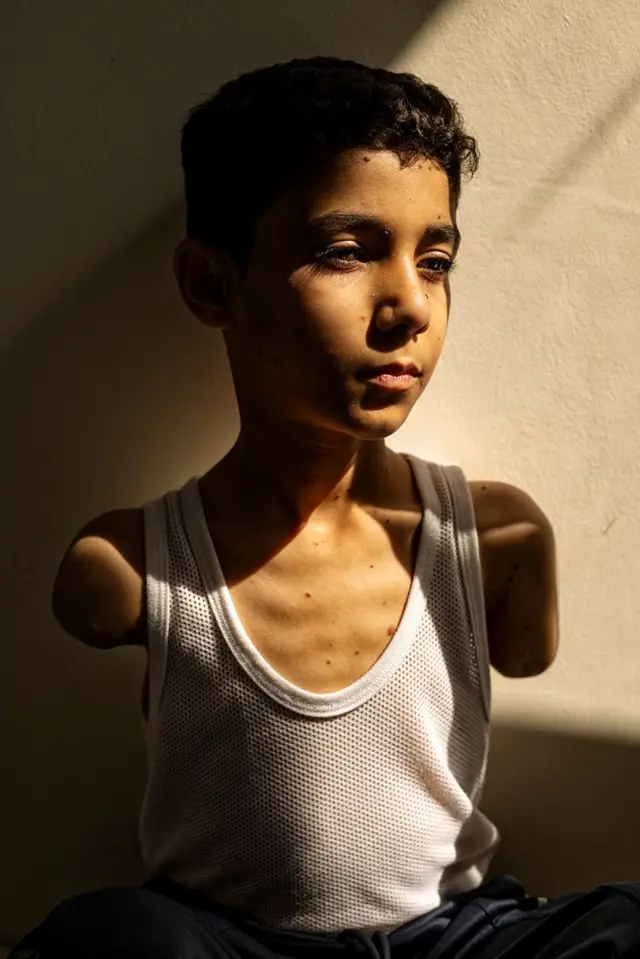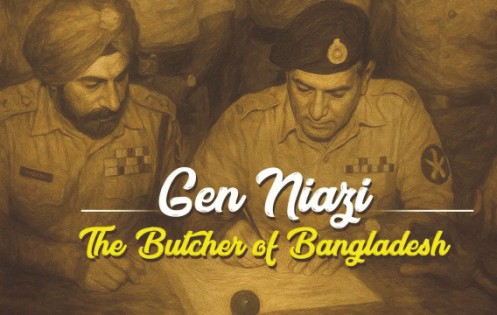
Heading the anti-CAA/NPR/NRC protest are the women of Shaheen Bagh of Delhi, who came out on the night of December 15—when a protest by students of Delhi’s Jamia Millia Islamia ended with the police entering the hostels, library and residences of students to break their protest movement. The standoff between the students and the police at Jamia and Aligarh Muslim University raised many red flags at various levels. There was global condemnation by academics and civil society organisations. Here too the civil society and human rights movements began their own investigation into the event that left dozens of students injured and a shocked country. At a local level the protests against the act snowballed after that night, spreading out across the country.
This box is dedicated to those women who are defying convention and leading the strike on the street. Be they students or the housewives in Shaheen Bagh, the women are on the roads, defying time and state forces of repression. In media parlance, they have changed the optics of what an opposition to political power looks like. Unarmed, educated, middle class, artistic, creative, determined to oppose injustice and stand up for what is right. They are the new vanguards of secular, democratic India. Their method reverberates action adopted by leaders of the independence movement, particularly Mahatma Gandhi.
The movement has been so successful that it is showing signs of replication across the country. The fact that it is a movement led and sustained by women has made it into a formidable force for the state to counter. It is a spontaneous movement begun by the home-makers, residents and the women of Shaheen Bagh, a predominantly Muslim locality that is less than a couple of kilometers away from Jamia Millia Islamia.
The profile of the protestors has changed the optics of protest movements and is creating history in its own manner. It is subaltern by definition. Though it conforms to the tradition of being a grassroot movement, it breaks from convention by comprising of women who are apolitical but aware of the magnitude of the fight that they are involved in.
Women who are sitting on strike in Shaheen Bagh typify the brink the population has been pushed to. They are an example of how a leaderless population with determination sustains its momentum. It’s a population that does not need leadership, but knows the change it seeks. It’s a population of conservatively clad women that cooks and cleans before stepping out. They are old and young, with children and grandchildren. Talking to them reveals the injustice that they are trying to shield their children from. It’s a motley of women who have witnessed partition, grown-up in a secular, democratic India they were promised in the Constitution and are ready to secure that legacy for the future generations.
While the government is trying to spin and control the narrative of the protesters in terms of religion through the mainstream media, the gender dimension of the protests stands to disprove the entire discourse. It challenges stereotypes and brings home uncomfortable and unconventional truths. After the 1920 movement led by Mahatma Gandhi, this is seen as the largest mass mobilisation regarding policies that are detrimental to the common man. What is interesting are the repressive measures adopted by the government to counter the protests. From 144 to NSA, the government is trying to use the same colonial laws of suppression. Interestingly, the failure of the government to stall dissemination of information regarding its agenda finds its mirror in the manner in which the British Government was unable to mask its repressive colonising agenda. The students and women have taken to countering the divisive agenda of the political dispensation in the same medium as the latter are using to spread canards about the protestors. The unmasking of the Hindutva agenda of the BJP and RSS is being steadily and consistently done on the social media. The fact that the size of the protests and its replication across the country is forcing the mainstream media to take note and cover the events is an achievement that no political party or organised political force has been able to achieve.
At the time of writing this article, the spaces for dissent against the CAA, NPR and NRC have consistently shrunk. The protestors are joining the women of Shaheen Bagh to ensure that their voices are heard. There is solidarity. At the same time there is also an acknowled-gement that revolutions are possible under the leadership of the society’s most vulnerable, marginalised and perceptibly stigmatised section of society. It is a section that is demons-trating through its scars and experiences. They are showing a mirror that reflects the ugly truth about fascism, communalism, state repression and an ideology that tears the social-economic and political fabric of the country.
Yes, the movement is being led by the Muslim women who have traditionally been branded as suppressed and oppressed by religious patriarchy. Yes, the movement is finding support among sections of society that have traditionally been dormant on political issues. Yes, the movement is educating the masses through various mediums about the political motivations and ideological corruption of the RSS. Yes, the movement is leaderless and, to a naked eye, rudderless. Yes, the movement is breaking myths and stereotypes. At the end, one needs to remember that the movement is saying: we are not ready to sign away the freedom that our forefathers fought for. We will not be colonised again. The battle between the government and the citizens is gathering steam, and is showing no signs of letting up soon.
The author is a social scientist and Working President, Delhi unit, National Federation of Indian Women.
CTC mainstream






